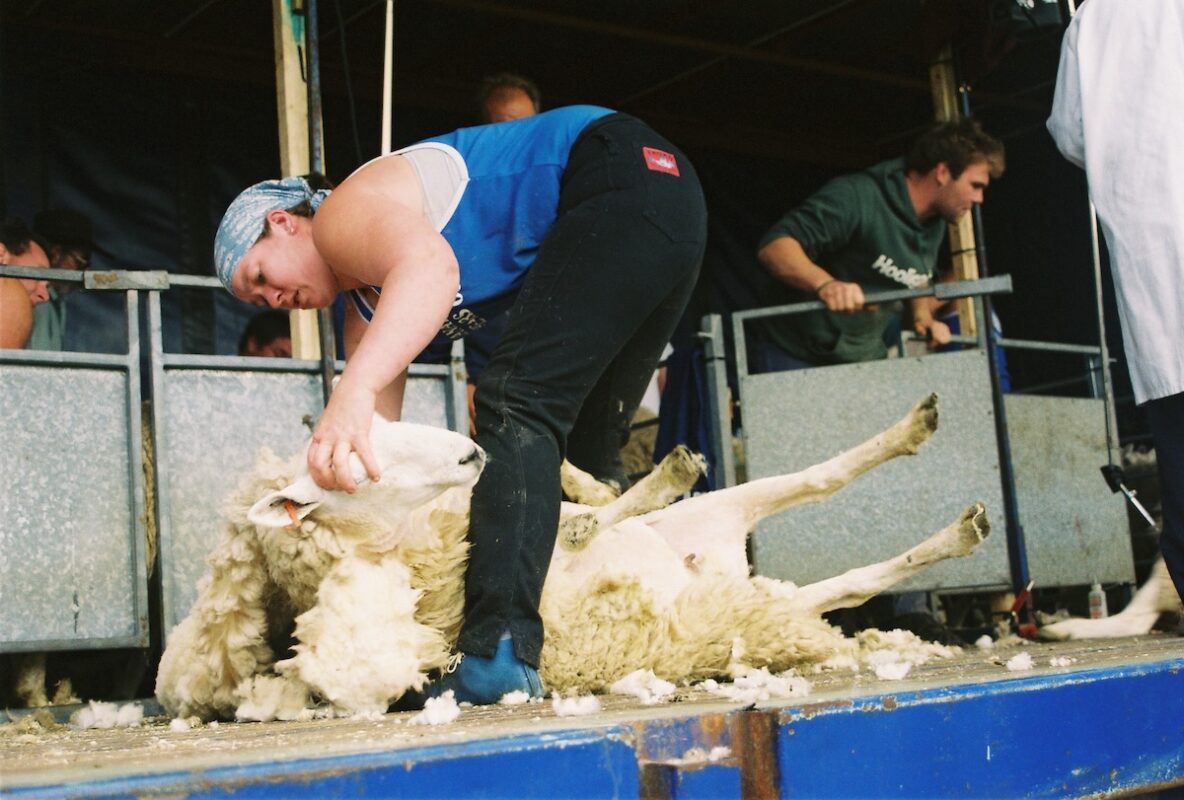The scrapping of the NHS bursary in 2016 meant students were faced with £9,000 a year in tuition fees

Labour analysis of HESA statistics shows that the first cohort of students who started their degrees in 2017 will graduate next year with £1 billion in tuition fee debt for a 3-year course.
Students who started their course in September 2017, the first year of the introduction of tuition fees for students studying nursing, midwifery and other allied professions courses, were faced with tuition fees of £9,000 a year. Over a three-year undergraduate course, this would leave students with £27,000 of student loan debt.
As undergraduate pre-registration nursing, midwifery and other health profession courses are three year degrees, an estimated 35,865 students a year will be faced with £9,000 tuition fees and collectively these students will have paid £968,355,000 in fees when they graduate next year.
Yesterday, the Conservatives claimed to be bringing back the NHS bursary for nursing students, but this would only cover living costs, not tuition fees, and doesn’t extend to students studying other courses that were previously covered under the NHS bursary scheme.
Labour will bring back the bursary in full, including free tuition fees for nursing, midwifery and allied health profession undergraduates.
Commenting on the figures, Jonathan Ashworth, Labour’s Shadow Health Secretary, said:
“Boris Johnson and Matt Hancock forced through the scrapping of the nurses bursary and it has led to a crisis of nurse shortages.
“And it means nurses, midwives and other health professionals today are racking up extortionate debts.
“It’s time for an apology from the Tories both their deceitful claims they will recruit 50,000 new nurses and for lumbering so many hardworking new nurses with this massive financial burden.”
Analysis of HESA student data for students starting their degree in September 2017.
HESA statistics show the number of students who have enrolled on a course in a given year. According to the latest data, 107,595 students were enrolled on a nursing, midwifery or other health professional course in September 2017.
Assuming the number of students in each year of a three year degree remains constant, and no students drop out of their course, 35,865 (107,595 / 3) will have started their degree in September 2017.
92,950 students were enrolled on a nursing degree course in September 2017.
14,645 students were studying other courses that were previously eligible for an NHS bursary.
|
(B160) Physiotherapy |
4,270 |
|
(B170) Podiatry |
690 |
|
(B410) Dietetics |
605 |
|
(B520) Orthoptics |
195 |
|
(B620) Speech science |
1,080 |
|
(B700) Nursing |
24,600 |
|
(B701) Palliative care nursing |
55 |
|
(B702) Clinical practice nursing |
1,090 |
|
(B710) Community nursing |
840 |
|
(B712) Health visiting |
70 |
|
(B713) School nursing |
55 |
|
(B714) Practice nursing |
665 |
|
(B720) Midwifery |
7,360 |
|
(B730) Children’s nursing |
6,210 |
|
(B731) Neonatal care |
65 |
|
(B740) Adult nursing |
36,315 |
|
(B741) Older people nursing |
30 |
|
(B750) Dental nursing |
340 |
|
(B760) Mental health nursing |
8,750 |
|
(B761) Learning disability nursing |
1,240 |
|
(B770) Medical nursing |
590 |
|
(B771) Critical care nursing |
635 |
|
(B772) Surgical nursing |
440 |
|
(B773) Emergency nursing |
235 |
|
(B790) Nursing not elsewhere classified |
3,365 |
|
(B821) Radiography, diagnostic |
3,230 |
|
(B822) Radiography, therapeutic |
825 |
|
(B930) Occupational therapy |
3,750 |
|
Total students, 2017 enrolment |
107,595 |












Responses